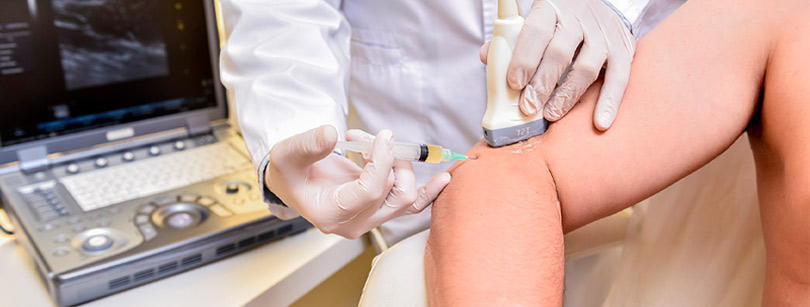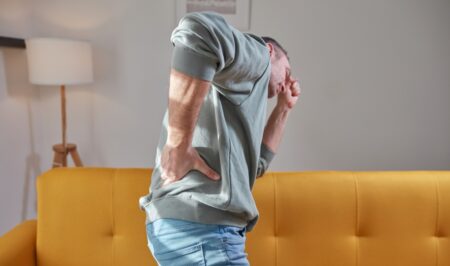How to Achieve Long-Term Pain Relief Without Surgery in McAllen
Chronic pain can be an overwhelming burden that touches every facet of life—from sleep and work to relationships and emotional well-being. In a world where surgery is often seen as the ultimate solution, there exists a broad spectrum of non-invasive, evidence-based non-surgical pain relief treatments that target pain at its source.
In this article, let’s discuss alternative pain management strategies that can help you regain control and improve your quality of life—all without going under the knife.
Understanding Chronic Pain and Its Impact
Chronic pain is not just a physical sensation; it is a multifaceted condition that affects millions of people worldwide. Research indicates that more than 50 million Americans experience persistent pain that lasts for months or even years. The toll of chronic pain goes beyond the body: it disrupts sleep, saps energy, and can lead to feelings of depression and anxiety.
When pain lingers even after tissue healing, it signals that the issue may not solely reside in the body’s mechanics but also in the complex interplay of the mind and emotions. Recognizing this can be the first step toward embracing a holistic approach that goes far beyond medications or invasive procedures.
Embrace Movement: Exercise as a Pillar of Pain Relief
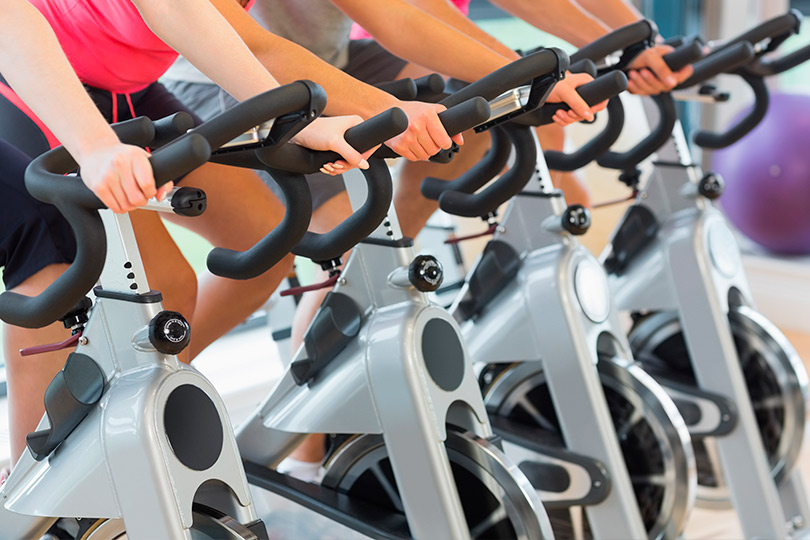
One of the most accessible and effective non-surgical pain relief methods is regular physical activity. Although the thought of exercise might seem counterintuitive when in pain, gentle movement can interrupt the “vicious cycle” of pain and inactivity.
Benefits of Low-Impact Exercise
- Improved mobility and flexibility: Regular movement helps to loosen tight muscles and joints, improving blood flow and reducing stiffness.
- Enhanced healing: Exercise promotes circulation, which accelerates recovery and strengthens the body’s natural healing processes.
- Mood enhancement: Physical activity releases endorphins, natural chemicals that boost mood and reduce the perception of pain.
Recommended Activities
- Walking: A simple, low-impact activity that can be easily incorporated into daily routines.
- Swimming: Provides a full-body workout with minimal stress on the joints.
- Cycling: Offers cardiovascular benefits and gentle joint movement.
Before beginning any exercise program, it is wise to consult with a healthcare professional to tailor activities to your specific needs and ensure safety.
The Mind-Body Connection: Harnessing Meditation and Mindfulness

Pain is as much an emotional experience as it is a physical one. The connection between stress, anxiety, and chronic pain is well documented, and mind-body techniques have emerged as a vital component of comprehensive pain management.
- Meditation and mindfulness: These practices focus on anchoring your awareness to the present moment. Over time, they can help reduce stress and change the way your brain perceives pain.
- Deep breathing exercises: By regulating your breathing, you can help calm the nervous system and ease muscle tension.
- Guided relaxation: Apps and online resources offer structured programs that gradually extend your capacity for relaxation, even during moments of acute pain.
- The evidence is compelling: regular practice of these techniques has been shown to alter brain function and decrease the intensity of pain signals. In this way, the mind-body connection becomes a powerful tool in regaining control over chronic pain.
Integrative Medicine: Combining Traditional and Complementary Therapies
An integrative approach to pain management means looking beyond conventional treatments to incorporate practices that treat the whole person. Here, the focus is on blending the best of modern medicine with time-tested alternative therapies.
- Yoga and Tai Chi: These gentle practices combine physical postures with breath control and meditation. They not only stretch and strengthen muscles but also promote balance and body awareness.
- Acupuncture: This ancient Chinese technique involves inserting fine needles into specific points on the body. Many patients experience significant relief from pain symptoms as acupuncture helps rebalance the body’s energy flow.
The strength of integrative medicine lies in its holistic perspective—it addresses both the physical discomfort and the emotional strain that chronic pain brings, paving the way for a more balanced and fulfilling life.
Innovative Therapies: Biofeedback and Music Therapy
Newer, non-invasive techniques are also proving effective in the quest for long-term pain relief.
Biofeedback
Biofeedback empowers you to monitor and control physiological processes that are typically involuntary. Using specialized equipment, you can see real-time data on heart rate, muscle tension, and other indicators. By learning relaxation and breathing techniques alongside these visual cues, you can actively reduce pain signals.
Music Therapy
Listening to music, especially genres like classical music, has been shown to distract from pain and reduce discomfort. Music therapy leverages the soothing qualities of sound to help ease tension and promote emotional well-being. Many find that creating a personalized playlist can serve as a readily available tool for managing pain during daily activities.
Combining these innovative therapies can sometimes enhance their individual benefits, providing a multi-sensory approach to pain relief.
Physical and Occupational Therapy: Building a Resilient Body
For many, the cornerstone of non-surgical pain management is the structured guidance provided by physical and occupational therapists. These professionals work with you to develop personalized routines that not only alleviate pain but also improve overall function and resilience.
- Tailored exercise programs: Physical therapists design exercises that improve strength, mobility, and balance, reducing the likelihood of future pain.
- Daily function optimization: Occupational therapists focus on adapting everyday activities to prevent exacerbation of pain, ensuring that your home and work environments support your recovery.
- Preventative strategies: Beyond immediate pain relief, these therapies lay the groundwork for long-term health and mobility.
A dedicated physical or occupational therapy program is often the most effective way to build a body that is resilient against chronic pain, enhancing the quality of life in meaningful ways.
Advanced Non-Invasive Treatments
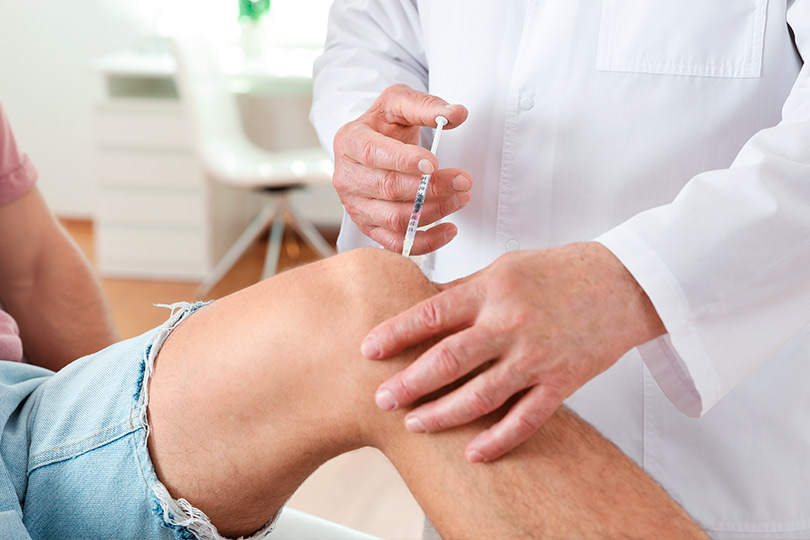
For those who have explored conventional therapies with limited success, advanced non-invasive treatments offer another promising avenue.
Laser Therapy and Injections
- Erchonia laser therapy: Utilizing both violet and red cold laser technology, this treatment aims to accelerate healing, relax muscles, and improve circulation without causing tissue damage.
- Cervical medial-branch blocks and facet joint injections: These targeted procedures work by numbing specific nerves or delivering medication directly into affected spinal joints, offering relief from chronic neck or back pain.
Additional Advanced Treatments
- Nerve Blocks: This procedure involves injecting an anesthetic near a nerve to block pain signals, providing relief from chronic pain and enhancing function in areas like the neck, back, and extremities.
- Epidural Steroid Injections: These injections are delivered directly into the epidural space around the spinal cord, reducing inflammation and providing pain relief for conditions like sciatica or herniated discs.
- Regenerative Medicine Procedures: Utilizing the body’s natural healing abilities, treatments like PRP (Platelet-Rich Plasma) and stem cell therapy promote tissue repair and regeneration, offering hope for those with degenerative conditions or chronic pain.
Such advanced treatments provide additional options when traditional methods are not enough, giving patients hope for substantial improvement even in difficult-to-treat conditions.
Lifestyle Adjustments for Long-Term Pain Relief
While therapies and exercises are vital, broader lifestyle changes can greatly enhance the effectiveness of your pain management plan.
- Stress management: Incorporate techniques such as deep breathing, meditation, or progressive muscle relaxation to reduce daily stress, which is known to worsen pain.
- Healthy sleep habits: Quality sleep is critical. Establishing a regular sleep schedule can regulate pain perception and support overall recovery.
- Nutrition: A balanced diet rich in anti-inflammatory foods supports your body’s healing processes.
- Social support: Maintaining strong social connections can offer both emotional comfort and practical advice for managing pain.
Small, consistent changes can compound over time, leading to significant improvements in both pain levels and overall quality of life.
Find Lasting Pain Relief Without Surgery!
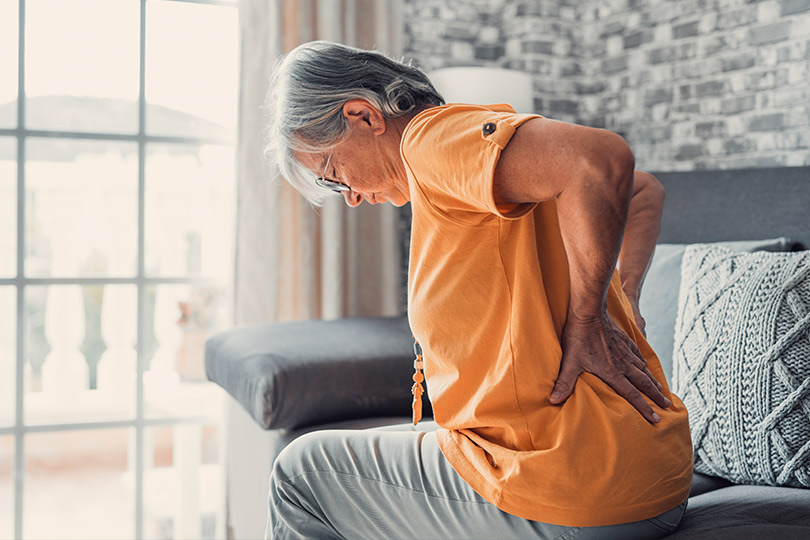
Achieving long-term non-surgical pain relief without surgery is not about a single “miracle cure” but rather about crafting a personalized, multifaceted approach. Remember, chronic pain is highly individual. What works for one person may not be the perfect solution for another. The secret is to explore various options, work closely with healthcare professionals, and remain committed to a holistic treatment plan that addresses both physical and emotional aspects of pain.
If you’re ready to take the first step toward reclaiming your life and achieving long-term relief, schedule your evaluation today. At Altus Spine and Joint Pain Care, we specialize in advanced, non-surgical treatments that target pain at its source. Whether you’re struggling with back pain, joint discomfort, or a lingering injury, our expert team is here to help you move freely and live pain-free. Contact us today to learn more.



